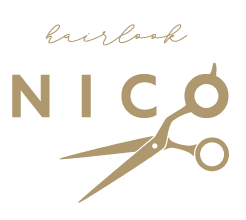The business environment and stakeholder preferences change in subtle and dramatic ways. In this dynamic board environment, effective governance is essential for a company’s long-term success. Although there isn’t any one-size-fits all solution, the most successful boards consistently apply proven approaches to determine, monitor and increase the effectiveness of board management.
These best practices include a clearly defined evaluation process, a board development culture, and digital tools to improve efficiency and transparency. These tools and methods help assess the effectiveness of the board’s work as trustee, fiduciary and representative of the company. They also promote collaboration among directors.
Board members should commit their time to the assessment and provide honest feedback. Boards should set out their goals and discuss them at the beginning. Boards can use a board portal to allow directors to easily share ideas and information, and track progress towards the goals.
Another crucial aspect to take into consideration is the structure http://yourboardroom.net/boardmaps-software-advantages and composition of the board. This includes the size of a board, as well as the number of committees that are established, along with how often they meet. It is important to ensure that committees are the right size to manage their workload and that they remain focused on the long-term value drivers of the company.
The chair’s ability to facilitate effective board discussions and decision-making processes is essential. This includes the chair’s communication and relationship-building skills with the board, other directors, and management. The chair should also be able to accept constructive criticism about his or their leadership.
